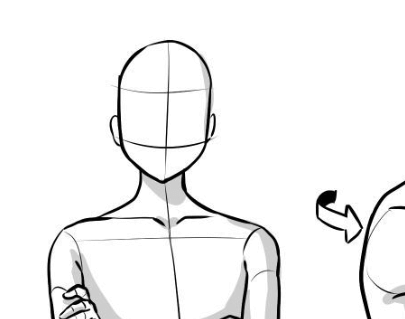Drawing:8vlypw4kwy8= Poses

The art of capturing poses is a fundamental skill for artists aiming to convey both movement and emotion in their work. Mastering the dynamics of gesture drawing not only enriches an artist’s ability to depict physicality but also deepens their understanding of human anatomy and expression. Through an exploration of various techniques and consistent practice, artists can refine their approach to pose dynamics, leading to more engaging compositions. Yet, the journey does not end there; the nuances of pose selection and execution can significantly elevate an artwork’s impact, prompting further investigation into their intricacies.
Understanding Pose Dynamics
Understanding pose dynamics is essential for artists seeking to capture the essence of movement and emotion in their work. Engaging in gesture drawing allows for a deeper awareness of body language and pose variation.
Emphasizing dynamic poses enhances spatial awareness, while silhouette exploration provides clarity in form. By mastering these elements, artists can create compelling compositions that resonate with viewers on multiple levels.
See also: Drawing:8rv8gm2cyve= Robots
Essential Anatomy for Artists
Mastering pose dynamics naturally leads to a deeper exploration of anatomy, as a thorough comprehension of the human form is vital for creating realistic and expressive figures.
Understanding muscle groups, joint flexibility, and body proportions, alongside skeletal structure, empowers artists.
Utilizing gesture drawing and visual references enhances accuracy, while familiarity with anatomical landmarks and proportion guidelines fosters confidence in artistic expression.
Techniques for Capturing Movement
While capturing movement in drawing can initially seem daunting, employing specific techniques can significantly enhance the representation of dynamic poses.
Focus on gesture drawing to create fluid poses, emphasizing the essence of movement.
Utilize movement analysis to understand anatomical flow, enabling you to produce dynamic sketches that convey energy and expression.
Embrace the freedom to explore and experiment with these techniques, refining your artistic vision.
Practice Exercises for Improvement
Consistent practice is essential for artists seeking to enhance their skills in drawing poses. Engage in gesture drawing to capture the essence of movement quickly.
Experiment with dynamic angles and perspective shifts to add depth to your work. Additionally, focus on proportion techniques to create balanced figures.
Regularly incorporating these exercises will foster improvement, allowing your artistic expression to flourish freely.
Conclusion
In conclusion, mastering dynamic poses serves as the backbone of effective artistic expression, akin to the foundation of a well-constructed building. A solid grasp of pose dynamics, anatomy, and movement techniques empowers artists to create compelling narratives within their work. Continuous practice and experimentation act as the scaffolding that supports artistic growth, ultimately leading to captivating representations that resonate with viewers. Embracing these elements fosters a deeper understanding of the human form and its expressive potential.




